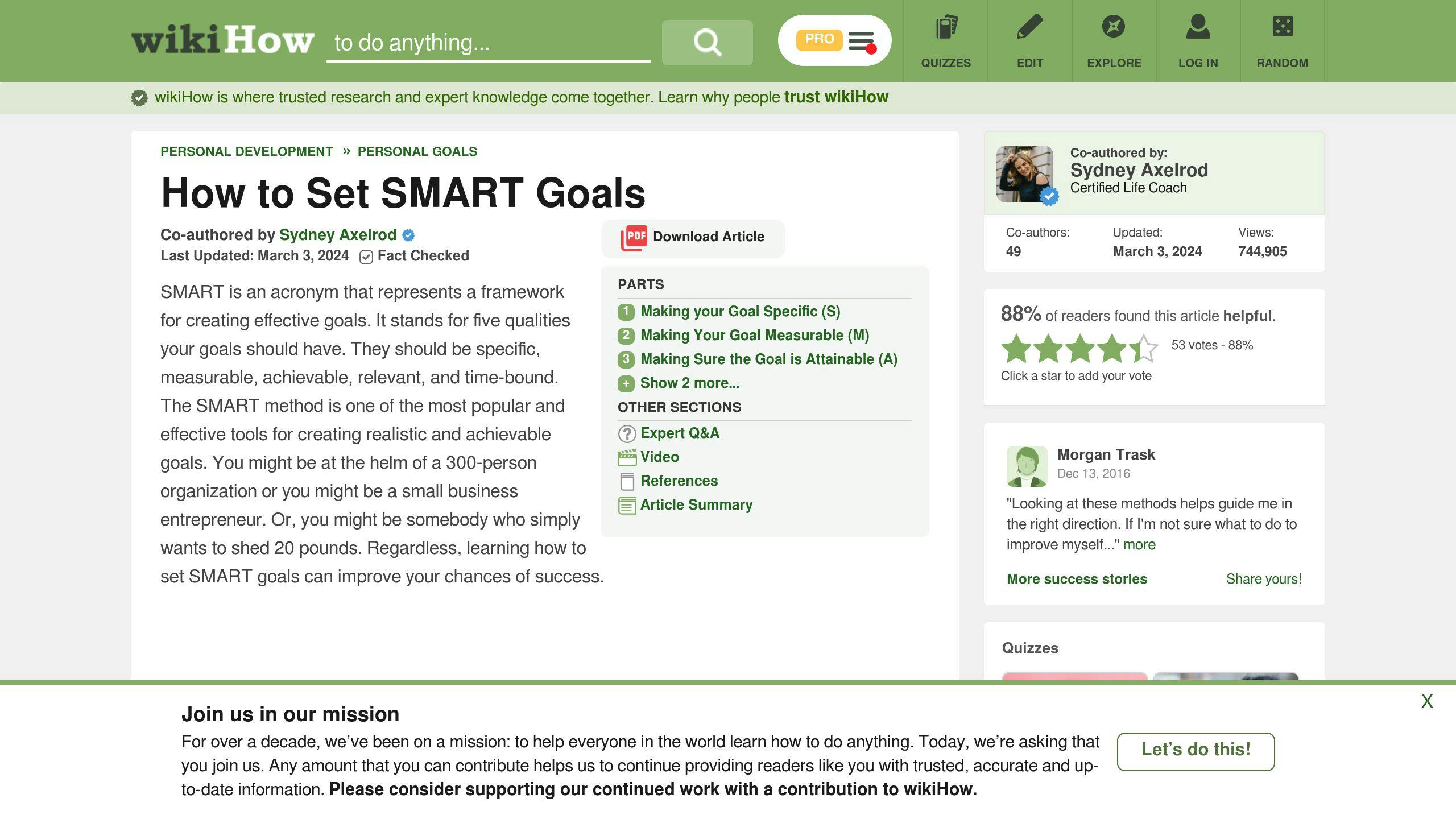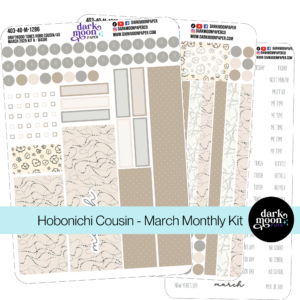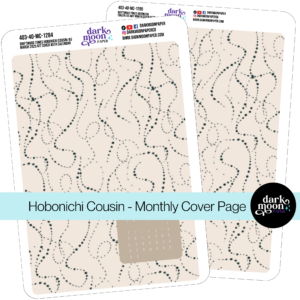Bullet journaling (BuJo) is a simple way to set, track, and achieve your goals. It helps you stay focused, organized, and motivated by breaking big objectives into smaller, actionable steps. Here’s why it works and how to start:
Bullet journaling combines planning, tracking, and creativity to help you stay on track and achieve your goals effectively.
Writing down your goals can make a big difference. Studies show that people who document their goals are 1.2 to 1.4 times more likely to achieve them [2]. Here’s how to set up goals in your bullet journal to make them clear and reachable.
Start by listing all your goals. Then, sort them using the table below to decide what needs your attention first:
| Priority Level | Criteria | Action |
|---|---|---|
| Must Do | Urgent and high impact | Schedule immediately |
| Should Do | Important but flexible | Plan for the next quarter |
| Nice to Do | Low urgency, optional | Review every few months |
Stick to 1-2 major goals at a time to stay focused and avoid overwhelm [1].

The SMART framework is a simple way to make your goals actionable. Here’s how it works:
| SMART Element | Journal Application | Example |
|---|---|---|
| Specific | Clearly define the outcome | "Run a 5K" instead of "Get fit" |
| Measurable | Include tracking metrics | "Save $500" rather than "Save money" |
| Achievable | Set realistic expectations | "Read 1 book" instead of "Read 100 books" |
| Relevant | Link to your personal values | "Learn Spanish for a trip" |
| Time-bound | Add a deadline | "Finish by March 31, 2025" |
This approach ensures your goals are clear and attainable.
Large goals can feel overwhelming, but breaking them into smaller steps makes them manageable. For instance, if your goal is to run a half-marathon in six months, you can set monthly progress targets and weekly training tasks.
Use your bullet journal to outline specific tasks for each week. Habit trackers and weekly check-ins can help you stay on track and measure progress as you go.
Once your goals are well-defined, the next step is to design layouts in your journal that help you stay organized and motivated.
The way your journal is laid out can have a huge impact on how well you stick to and achieve your goals. A good design keeps you organized and motivated as you work toward what you want to accomplish.
Try using a two-page spread: one side for quarterly milestones and the other for a yearly goal list with progress trackers. This setup helps you connect your long-term vision with your daily actions, making it easier to track progress.
| Page Element | Purpose | Example Layout |
|---|---|---|
| Year Overview | Big-picture view of goals | 12-month calendar with key dates |
| Quarterly Blocks | Break down yearly goals | Sections for 3-month milestones |
| Progress Meters | Track goals visually | Progress bars or checkboxes |
Monthly pages act as a bridge between your quarterly goals and weekly actions. Include a monthly overview with priority goals, weekly tasks, habit trackers, and a review section to reflect on progress.
For weekly layouts, focus on breaking down tasks into actionable daily steps. Add a small tracker at the top of each week to monitor habits that support your monthly goals.
Make your pages visually engaging to encourage regular use. Research shows that personalized layouts can increase journal usage by 40% [1].
"Personalized layouts inspire daily use. Design choices should enhance functionality and reflect your style", says expert Amanda Rach Lee.
Use color coding, motivational quotes, progress symbols, and leave some white space for reflection. This balance of style and function keeps you motivated and makes your journal a tool you’ll want to use every day.
Once your layouts are set, the key is staying consistent and tracking your progress regularly.
Keeping up with your bullet journal goals takes steady effort and the right resources. Studies suggest that regularly tracking your progress boosts your chances of reaching your goals.
A habit tracker can help you stay aligned with your goals. For example, you might log daily workouts for fitness or track writing sessions for a creative project. To avoid overwhelm, stick to tracking 5-7 habits at a time.
| Tracking Element | Purpose | How to Use |
|---|---|---|
| Daily Habits | Keep tabs on routine activities | Use a simple checkbox grid |
| Weekly Goals | Measure bigger milestones | Add progress bars |
| Monthly Review | Reflect on overall progress | Use reflection boxes |
"People who vividly visualize their goals are up to 1.4 times more likely to achieve them" [2]
Habit trackers work well with SMART goals, offering daily accountability and clear progress markers.
Take time each month to evaluate your progress by focusing on:
For bigger goals, break them into smaller, manageable steps. For instance, if your goal is fitness-related, set quarterly targets (lose 3 pounds), monthly goals (lose 1 pound), and weekly objectives (exercise 3 times) [3].

Dark Moon Paper’s stickers can bring both function and flair to your journal. Their designs include checklists and motivational elements, helping you create spreads that are visually appealing while keeping your focus on tracking progress.
With these tools and techniques, your bullet journal can become a reliable partner in reaching your goals.
Bullet journaling blends planning, tracking, and motivation into one system, making it easier to turn your goals into reality. Studies suggest that writing and visualizing goals can boost success rates by up to 40% [2]. By consistently engaging with your journal and organizing your thoughts visually, you can turn vague ideas into actionable steps.
Ready to dive into bullet journaling? Follow these steps to create a journal that keeps you on track:
The secret to making it work? Keep it simple and focus on building habits that support your goals. Whether you’re working on self-improvement, career growth, or creative pursuits, a bullet journal can be a practical tool to help you achieve what you set out to do.
Using your bullet journal to set goals combines creativity with structure. Here’s how you can do it effectively:
1. Start with a Brain Dump
Write down all your goals across different areas like career, health, or personal growth. This helps you prioritize and organize your thoughts before turning them into actionable steps.
2. Use the SMART Framework
Turn your goals into SMART objectives – Specific, Measurable, Achievable, Relevant, Time-bound. For example, instead of saying "exercise more", reframe it as "Complete a 30-minute workout three times a week for the next 12 weeks" [2].
3. Organize Goals by Timeframe and Tracking
Break your goals into manageable chunks and set up a tracking system to monitor them:
| Timeframe | Goal Example | Tracking Method |
|---|---|---|
| Yearly | Write a novel | Word count tracker |
| Quarterly | Finish the first draft | Progress bar |
| Monthly | Reach chapter targets | Calendar tracker |
| Weekly | Schedule writing time | Daily log |
Visual tools like habit trackers, progress bars, or checkboxes make it easy to follow your progress.
4. Plan Regular Check-Ins
Incorporate weekly or monthly reviews into your journal to assess your progress and adjust as needed. These checkpoints help keep you accountable and on track.
"People who very vividly describe or picture their goals are anywhere from 1.2 to 1.4 times more likely to successfully accomplish their goals." – Forbes [2]
Stickers Made for Planning
Our custom stickers are a fuss-free way to brighten up your planner pages with perfectly-sized designs that add a spark of personality to every layout.

Why use planner stickers?
Planner stickers make organizing easy, fun, and personal! Add color, creativity, and structure to every page, transforming your planner into a tool that reflects you. Perfect for tracking, decorating, and staying inspired daily!







Hello and welcome!
I’m Rachael Snow, a lifelong artist and entrepreneur, and I started Dark Moon Paper to blend my love of art, technology, and the mysterious beauty of the world around us. My sticker kits are meant to set the mood, tell a story, and give you a little escape from the ordinary.
I work from my cozy studio tucked away in the beautiful woods of Oregon, surrounded by nature and a dark night sky full of stars.